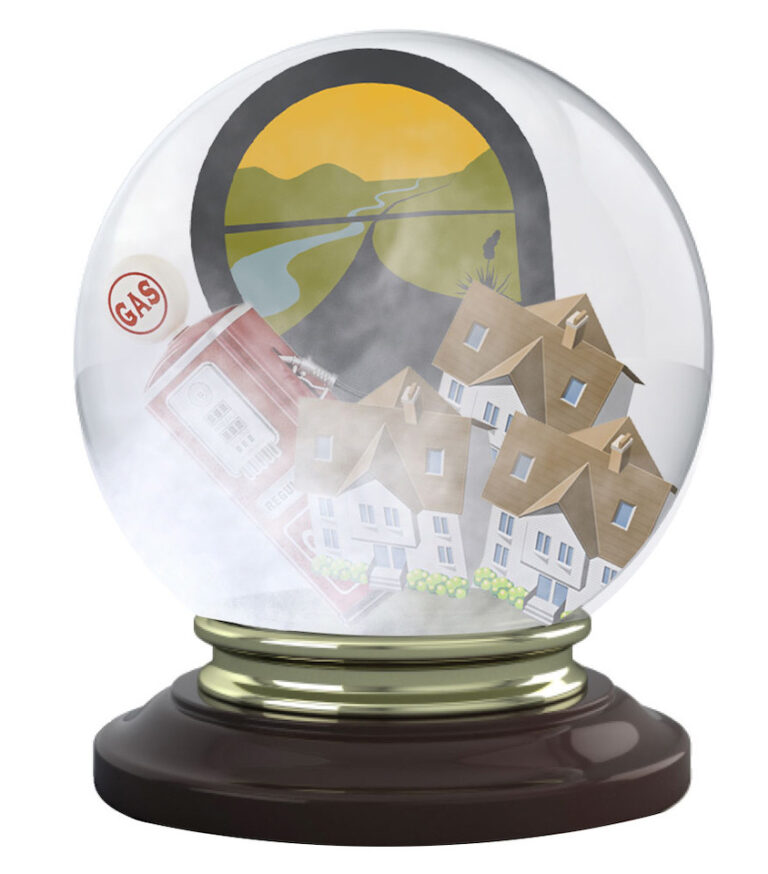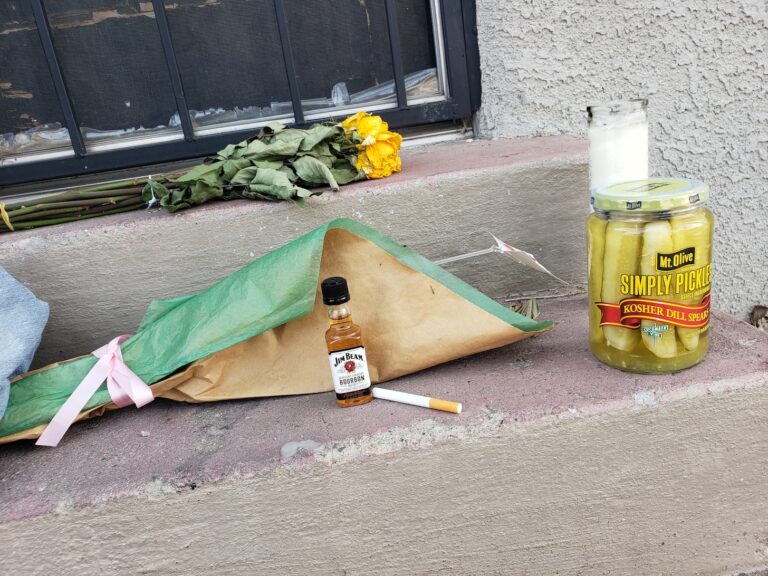Próxima vez, or next time, is the best way to describe the Jan. 18 Albuquerque City Council meeting. Much was said, in English and in Spanish, but not a lot of business was finished, even with a four-and-a-half-hour time stamp, though the Council did spend much time on discussion of the Albuquerque/Bernalillo County Comprehensive Plan (ABC to Z).Qué es el plan?Adopting a new Albuquerque/Bernalillo Comprehensive Plan got the hot potato treatment after more than a dozen folks showed up to speak about what they said was insufficient notice leading to sparse public involvement by the city’s historic and lower income neighborhoods. The Council deferred adopting the plan along with two other related measures at the start of the meeting, but listened to more than an hour and a half of public comment. They deferred further action until March 6, but many community members asked for a 24-month extension.City and county staff have been working on the plan for the couple years. Planners have said the update is needed to simplify and integrate zoning regulations to improve economic development and job creation. Opponents say the plan needs more work in order to incorporate historic neighborhoods’ unique goals previously identified in sector plans. More importantly the message was that the planners should listen to the residents and not just the developers.Albuquerque historic neighborhoods represented at the meeting included Santa Barbara/Martineztown, Greater Gardner, Old Town, San Jose, Mountain View, Elder Homestead, North I-25, Taylor Ranch, North Valley Coalition and South San Pedro. Representatives from these neighborhoods said they were excluded from the planning and implementation process. Some also criticized the use of legal notices to inform the public. A couple of West Side residents from along the Coors corridor said the proposed changes to their neighborhood need more time for analysis and vetting. Meanwhile, local environmental justice activist Bianca Encinias said the problem is not necessarily with the city improving the development plans on file. She believes the process to come up with one comprehensive plan may not reflect individual sector plans. Another comment was that there were no public meetings held in Spanish. “We are looked at as the people to throw away,” said one speaker from the Santa Barbara/Martineztown area, which has a chunk of industrial-level zoning in its midst. Most of the speakers asked for a 24-month deferral to allow for adequate public review and revision.Some residents took a city planner to task, in Spanish, over comments apparently made at a prior meeting regarding local Hispanics and their Spanish-speaking ability. The Hispanic planner being taken to the woodshed for over an hour spoke last, and in Spanish, apologizing for his misunderstood remark.Not all of the speakers were in opposition of the plan. A couple of folks spoke in favor of adopting the Comprehensive Plan sooner rather than later. They said it was a good idea to consolidate planning documents. Most of the councilors said they felt the plan has been vetted properly and agreed more public notice is not a bad thing. But as Councilor Trudy Jones said, “If you don’t participate how can you complain?” Weekly Alibi wrote about this issue back in July, so now is a good time for readers to take another look at it and throw in their two cents, in English or Spanish, at the next Council meeting.Gas BucksSpeaking of two cents, the City Council may ask for an additional two cent tax on each gallon of retail gas sold in the city—to help drag the city’s coffers out of the municipality’s current deficit. A measure was introduced and will make its way through committees to see what the impact of such a tax would be. The measure will then return to the forum for Council approval. City voters will have the final okay in an upcoming election. The $5 million projected earnings from this tax could be used for roadway improvements, particularly those that improve conditions for pedestrians.Crystal BallUnder the city’s charter Councilors are to review and renew a vision statement of five year goals and one year objectives. These broad statements come from city residents volunteering to be part of the process on the Indicators of Progress Commission. The statements are the foundation for other city policies and legislation. Some of the statements adopted include: Albuquerque is an active, thriving, culturally rich, sustainable, high desert community; residents are literate, skilled and educated; residents are active and healthy; residents have access to medical and behavioral health care services; high-speed internet is accessible and affordable throughout the city and many more overall vision statements designed to guide Burque into the future. Councilors approved the measure unanimously.Quick HitsCouncilors approved a 2017 plan to spend federal housing money as part of the 2017 action plan and also approved moving the Office of Neighborhood Coordination from the planning department to the Council services department.Next TimeOther agenda items up for approval were postponed. These postponements included adopting a way to deal with the city’s large number of vacant buildings, establishing legislative priorities, providing additional funding for more police service aides and establishing a property crime reduction pilot program.
Send your comments about the City Council to carolyn@alibi.com.The next meeting Monday, Feb. 6, 5pmCouncil Chambers in the basement of City HallView it on GOV TV 16 or at cabq.gov/govtv







